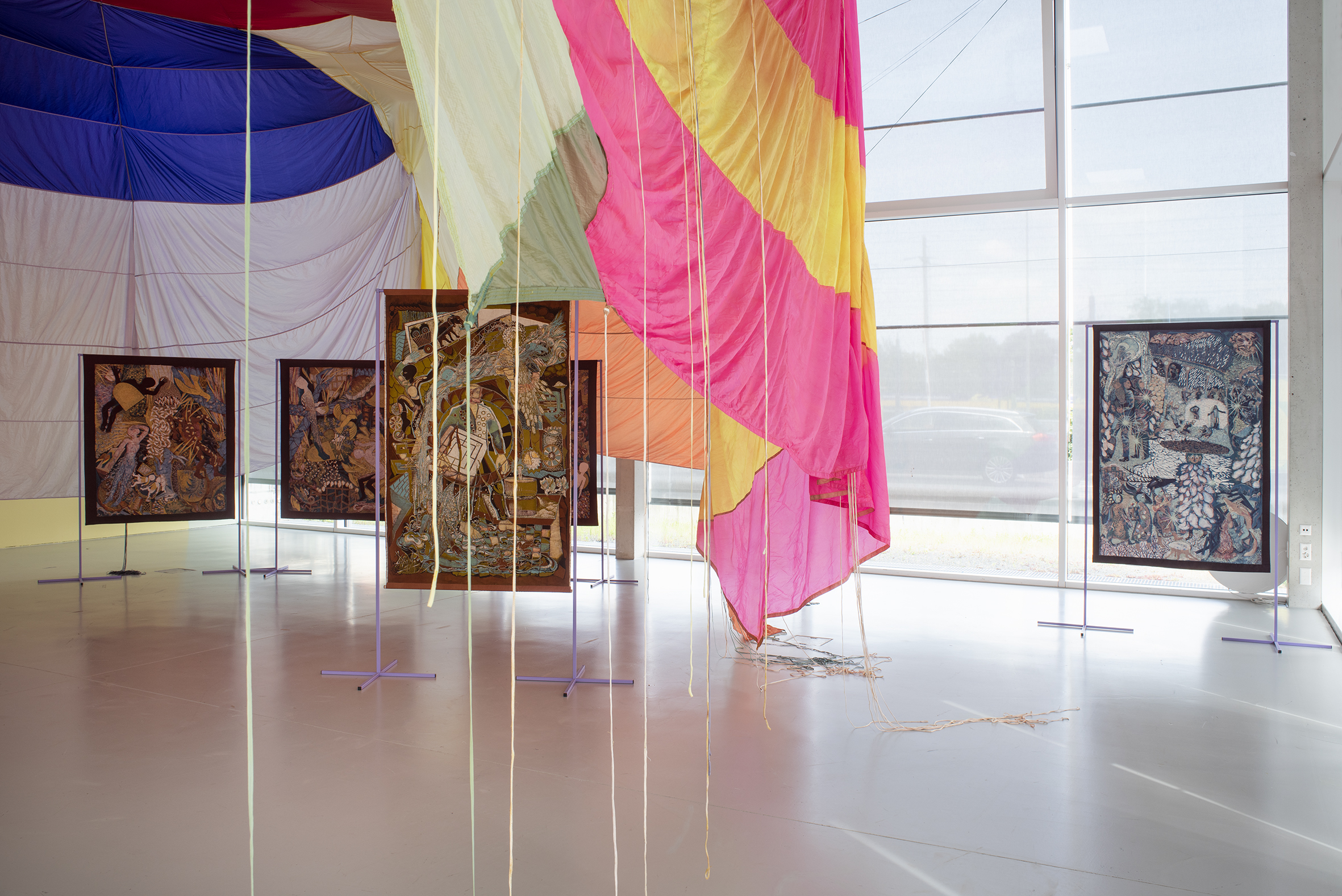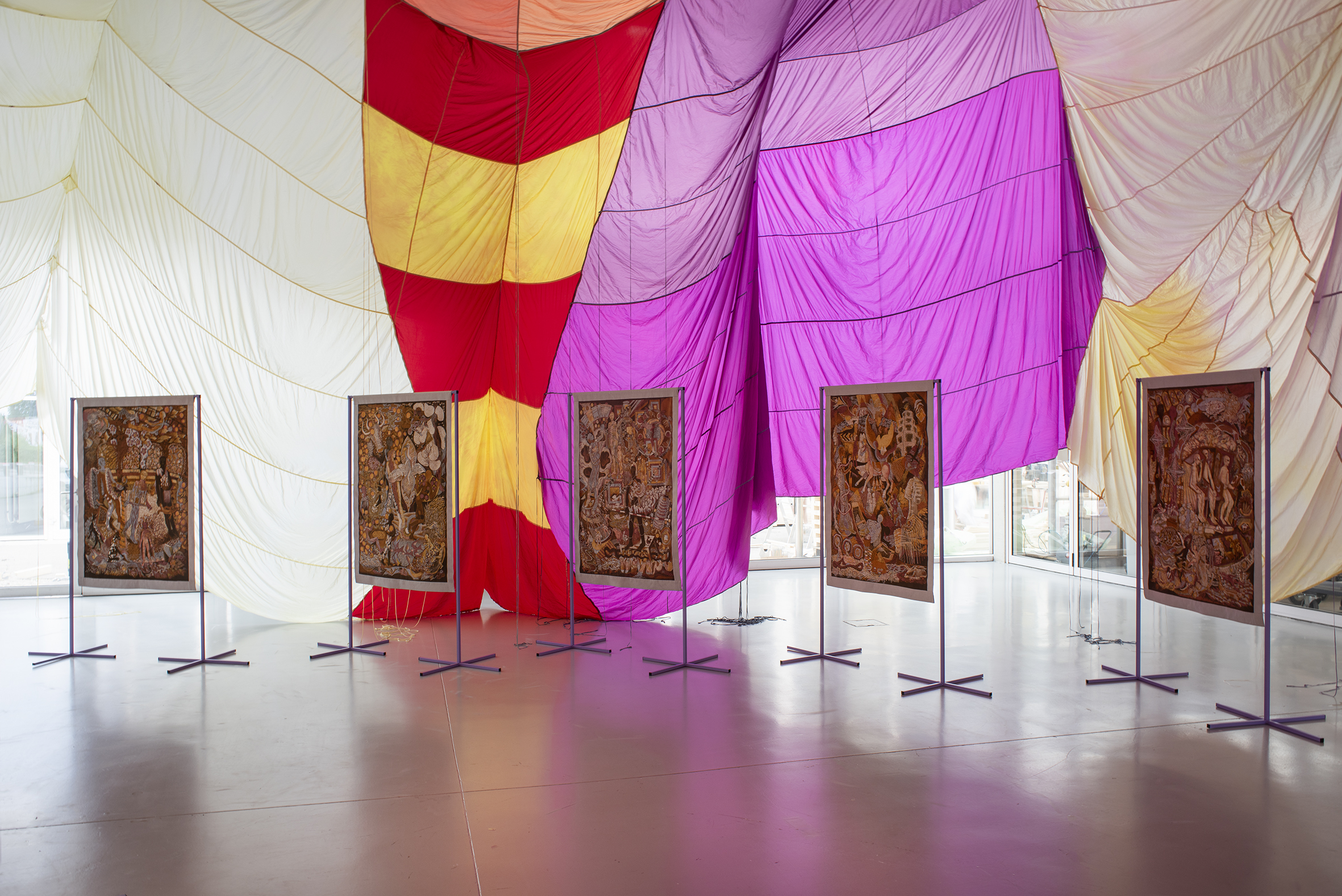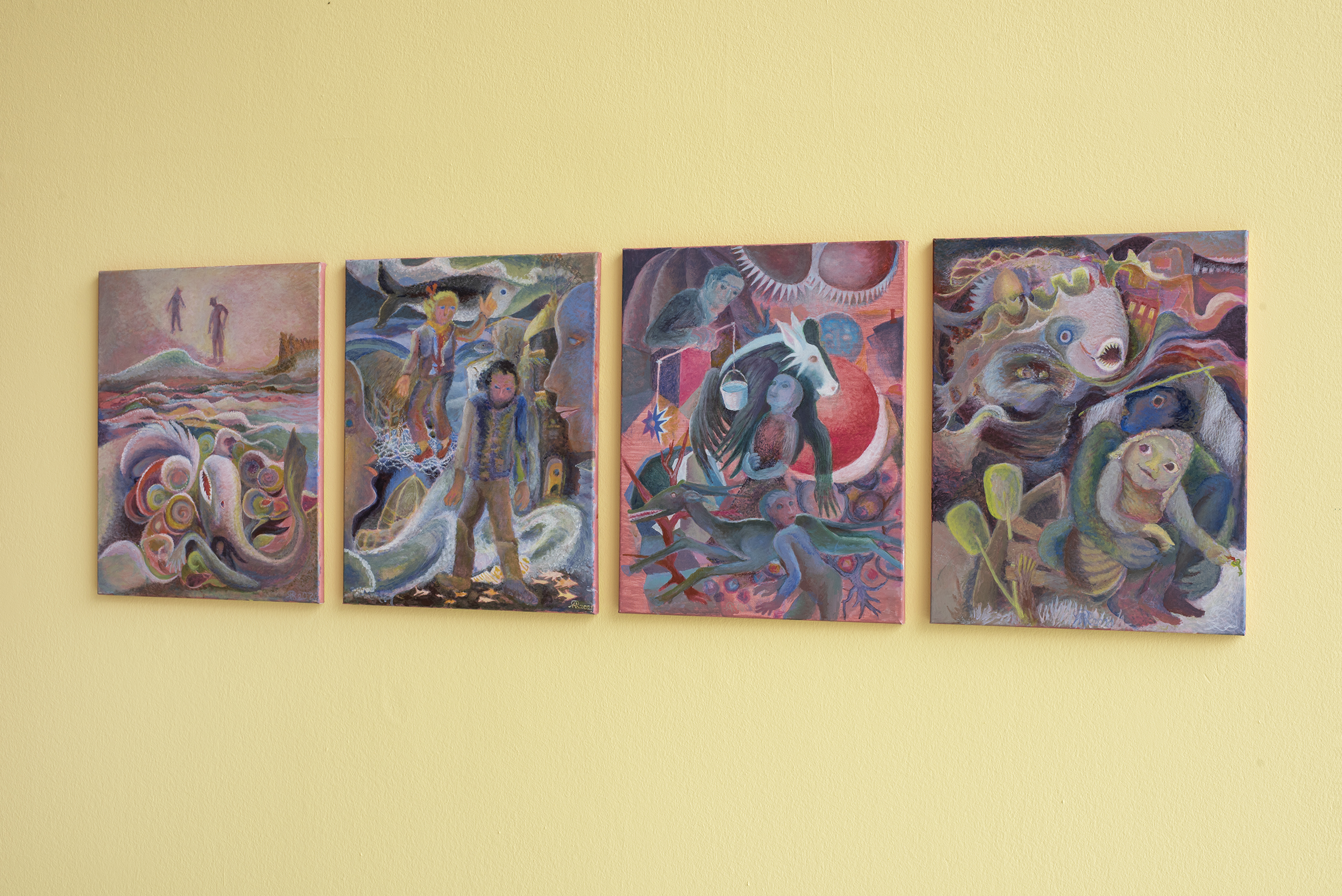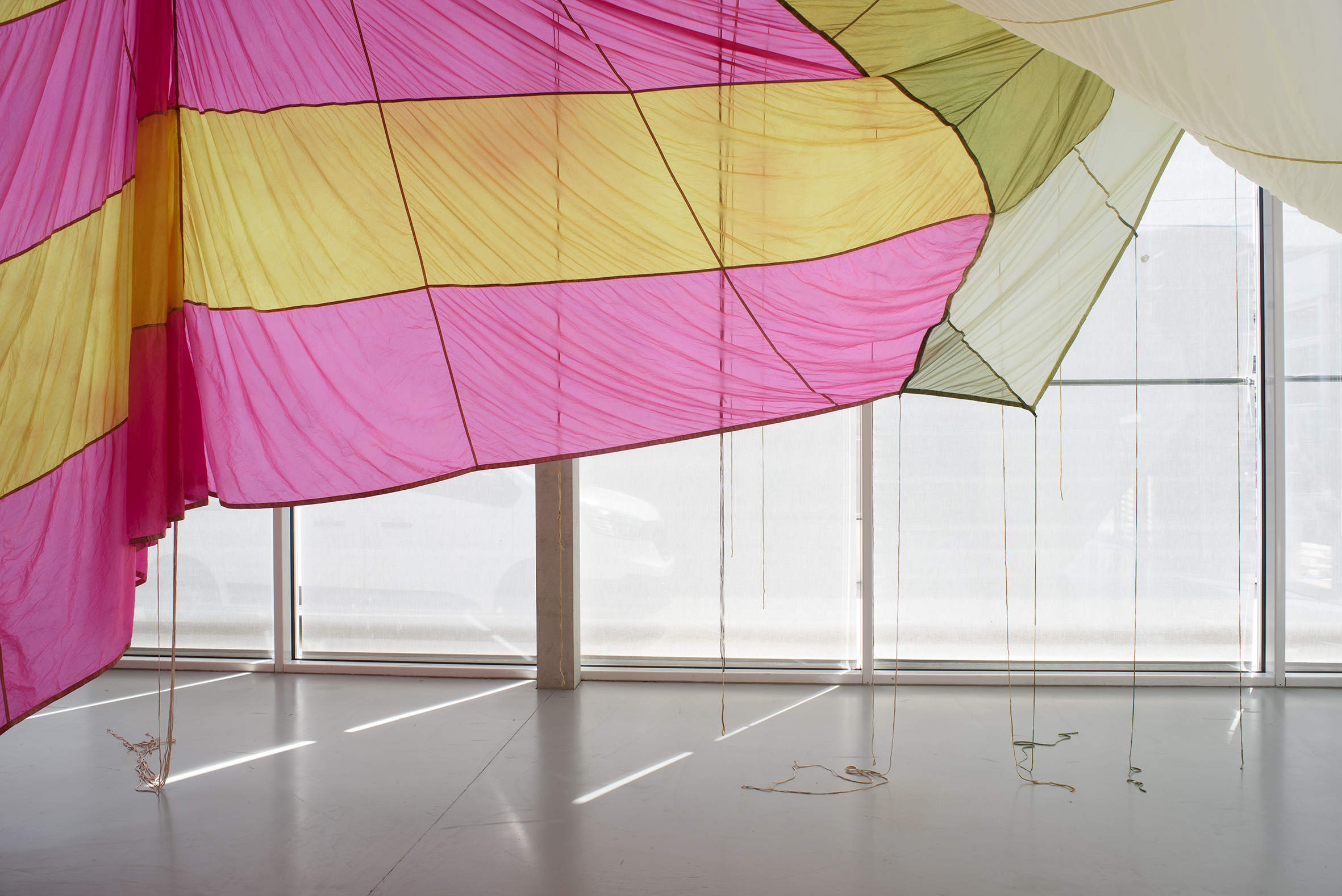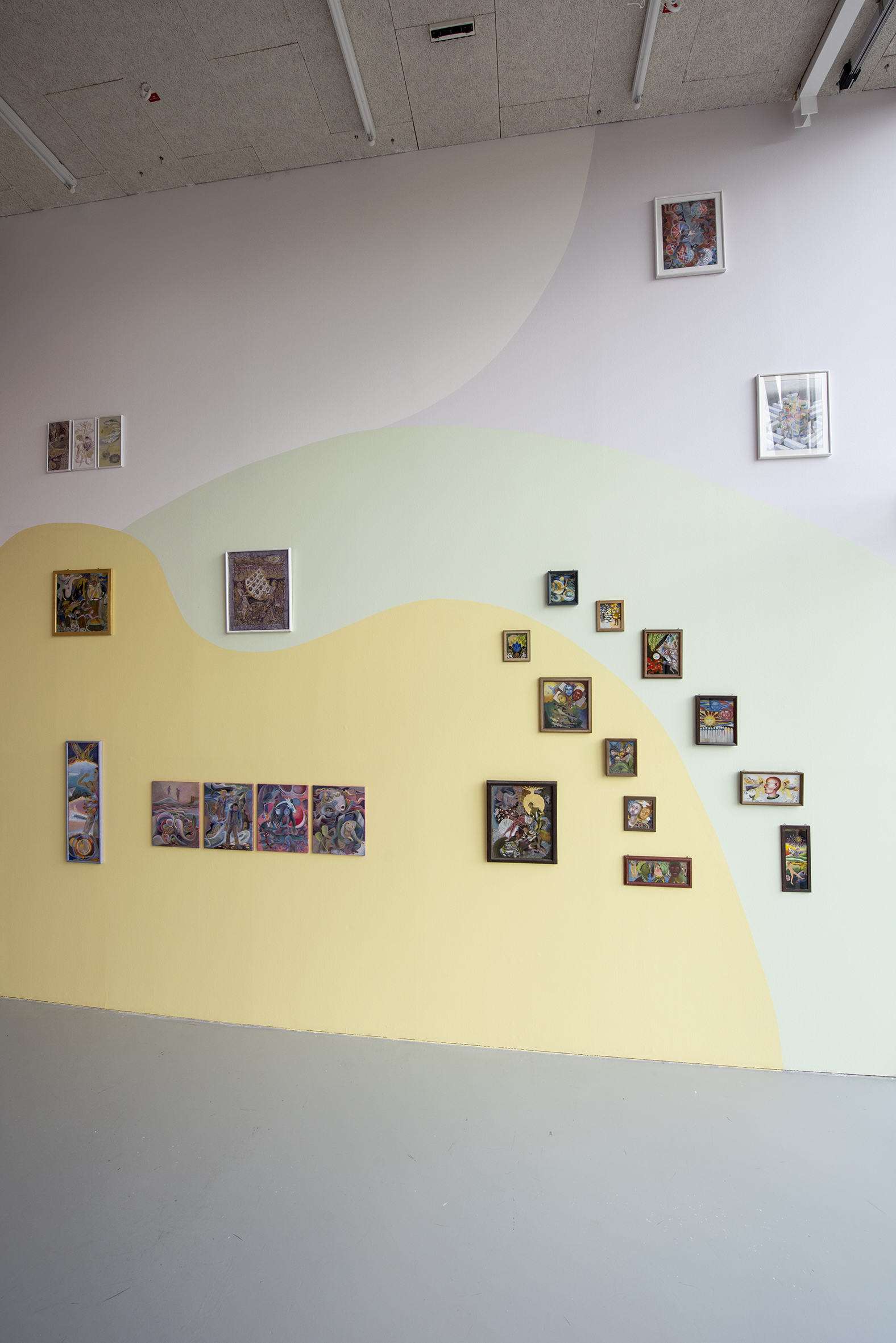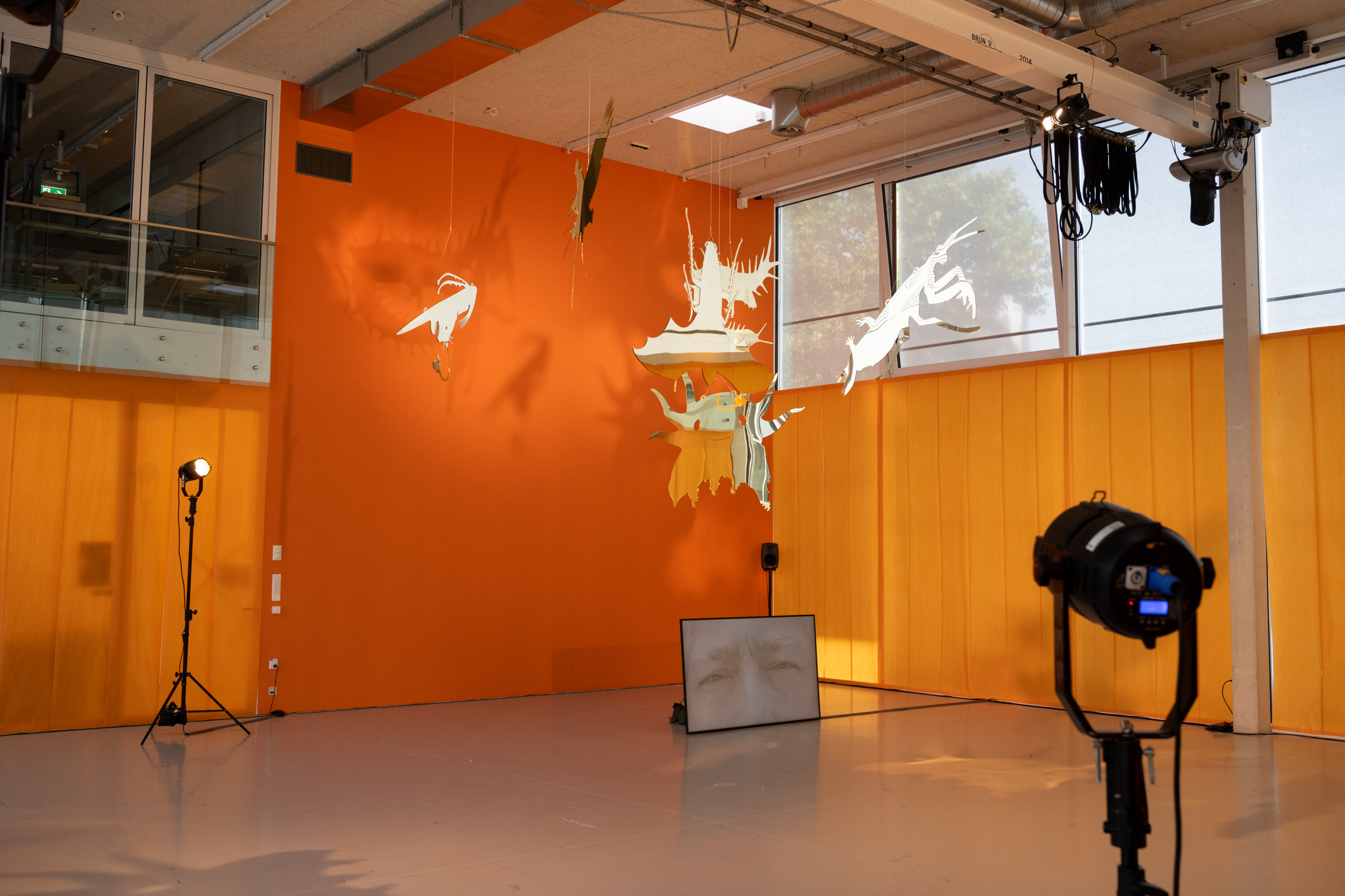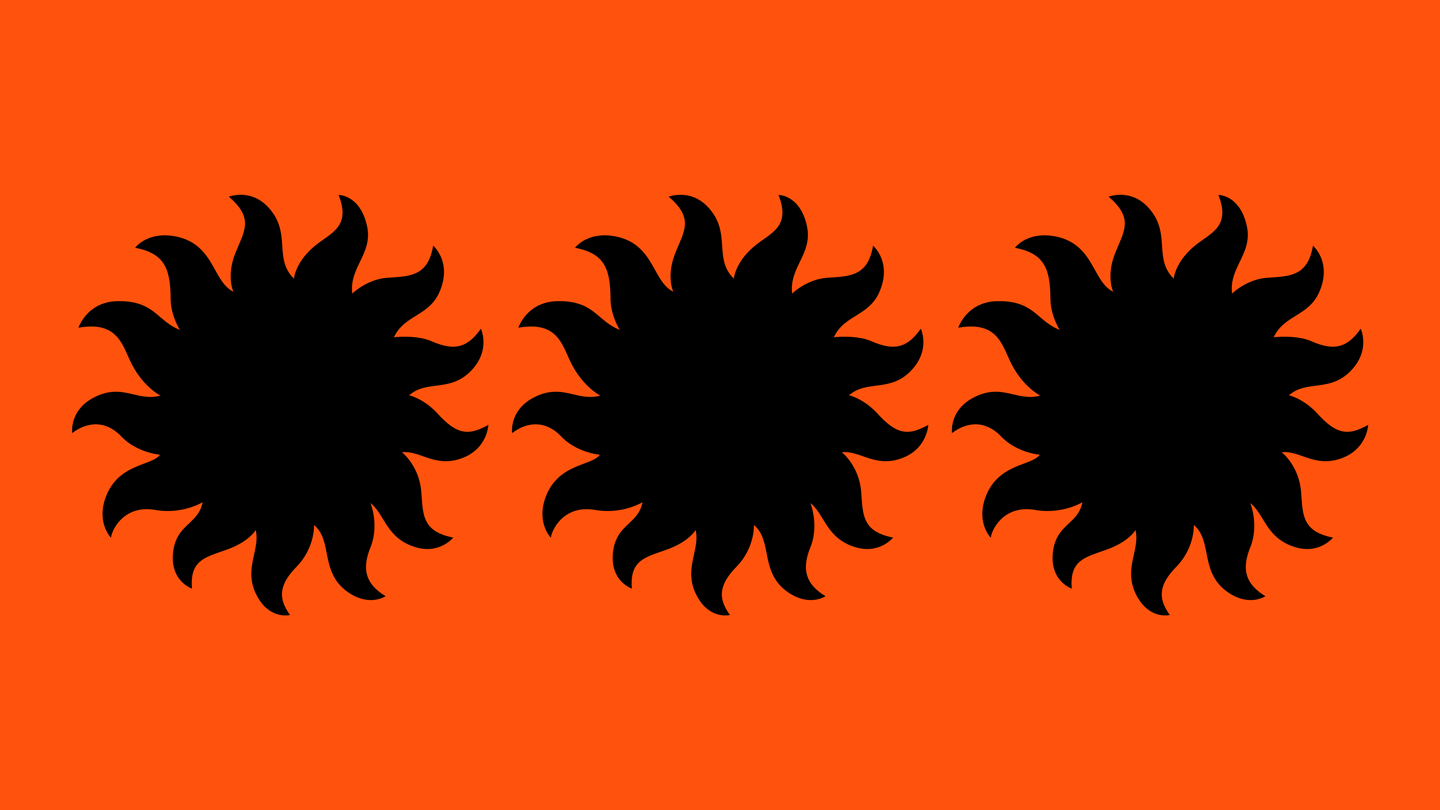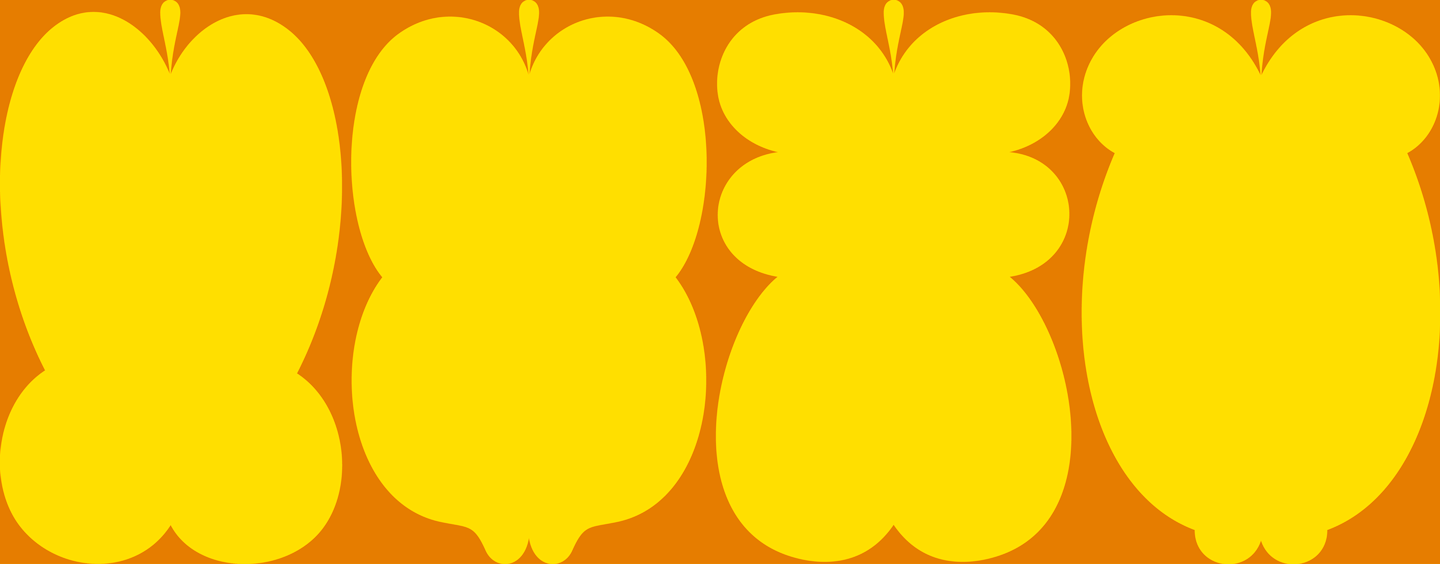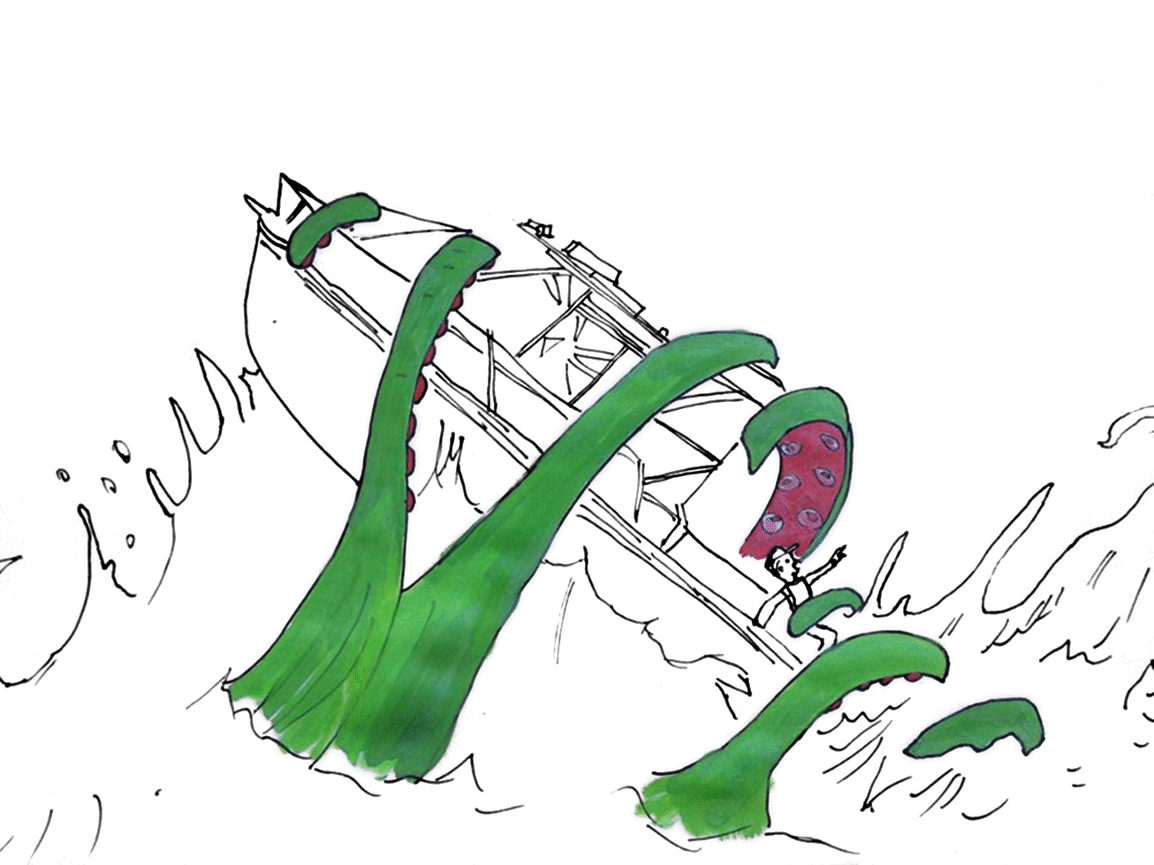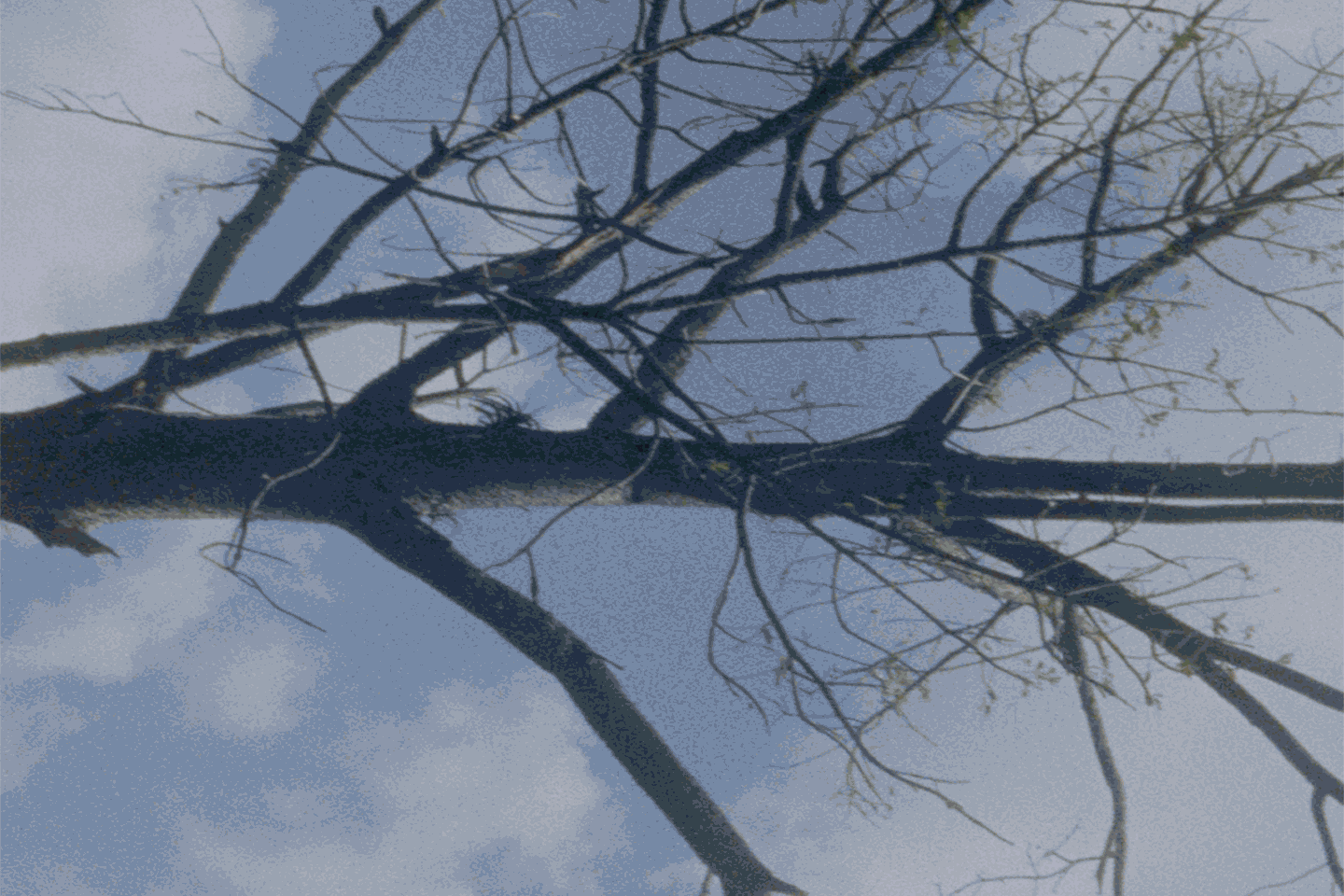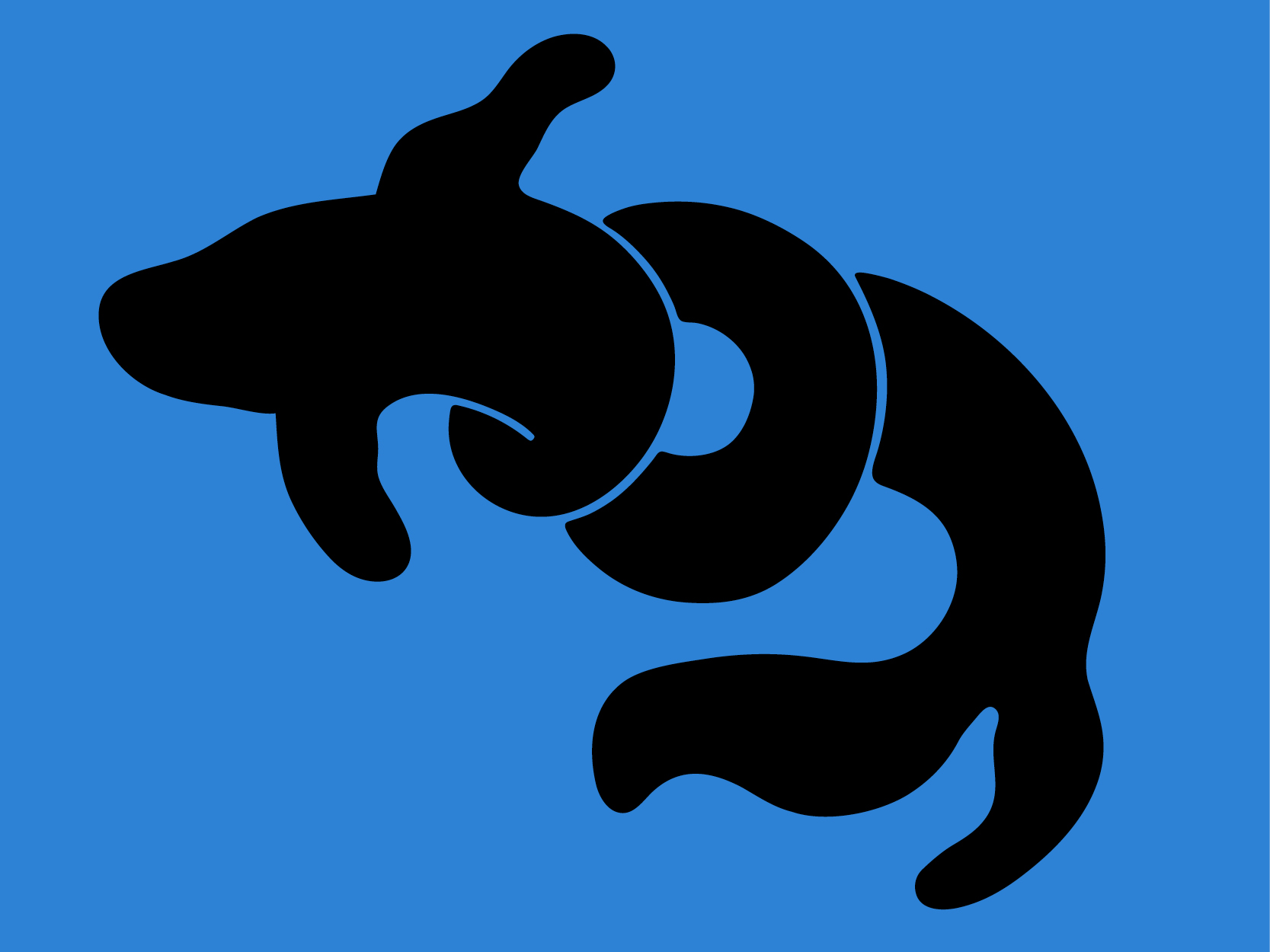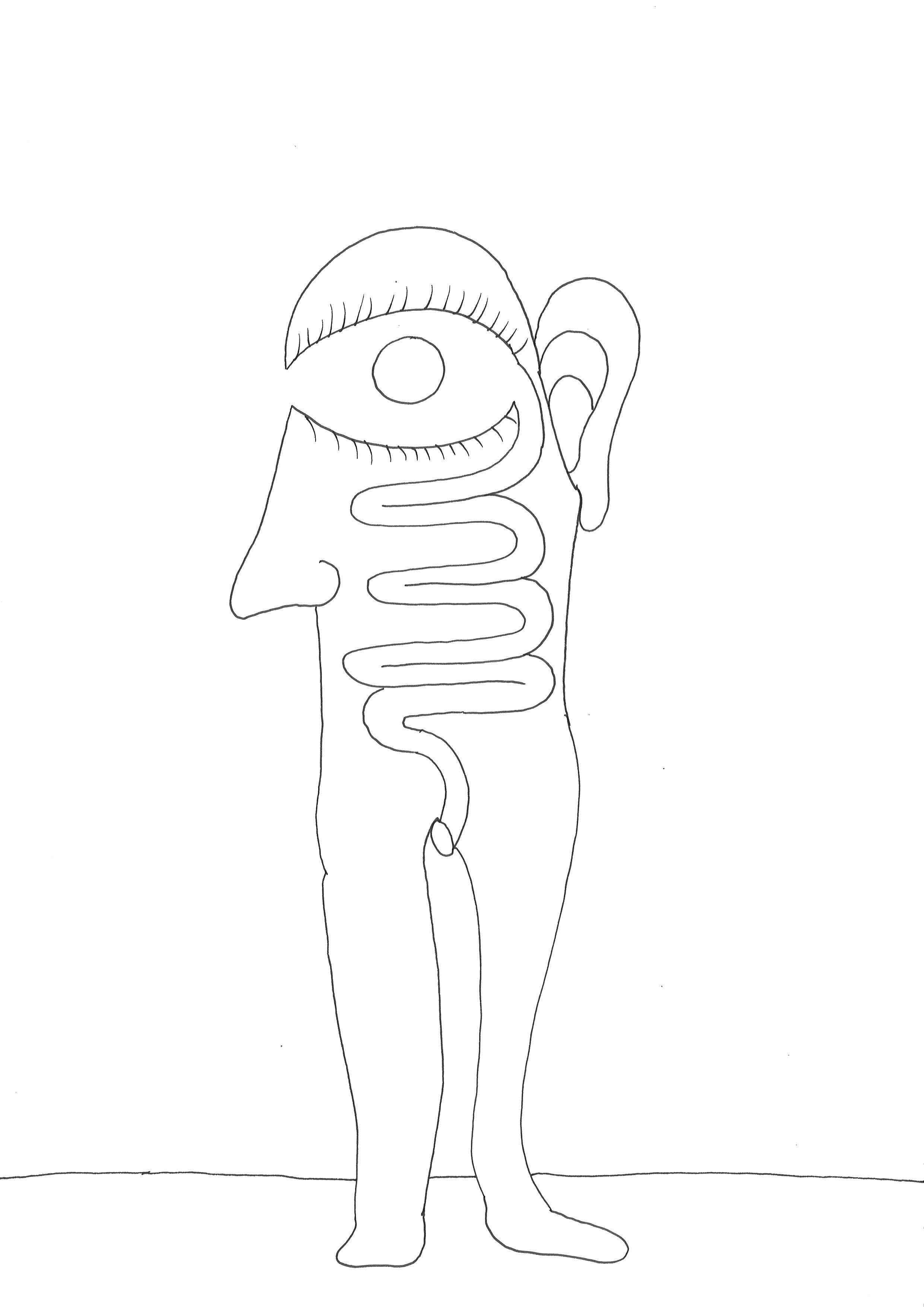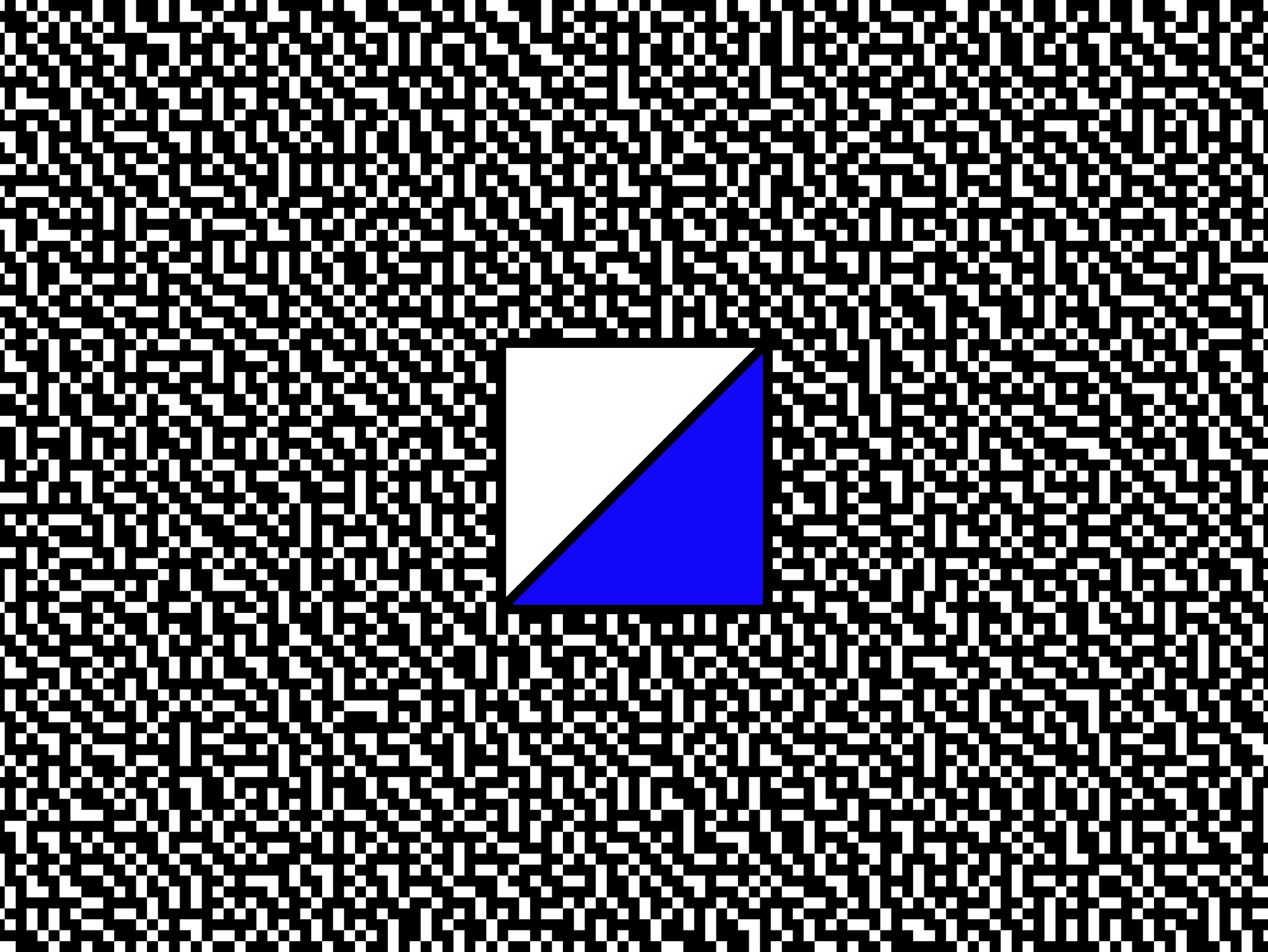The Hidden Heart of the Cosmos
With a spatial intervention by Kathrin Siegrist
June 8–16, 2024
In the last years, we have been presenting at der TANK exhibitions of elderly Swiss artists whose works have rarely been exhibited and which coincides with Art Basel in June: Peter Klein (2022), Annette Barcelo (2023), and now Regula Humm constitute a sort of trilogy. At der TANK we have been actively creating a program in response to the importance of overlooked artists, a program aware of the ways certain artistic languages have been neglected. Exhibiting these practices creates a necessary space within art education and art exhibiting institutions for embracing complexity.
The Hidden Heart of the Cosmos—the title is loosely inspired by a quote from Rumi—presents four very significant textile works and a selection of mostly recent paintings and drawings by artist Regula Humm (born in 1929 in Wädenswil, near Zurich) in an exhibition display created for this occasion by artist Kathrin Siegrist (lives in Basel). During the many decades that followed her graduation from the School of Applied Arts in Zurich (today Zurich University of Arts) in the late 1940s, Regula Humm dedicated herself to exploring the complex wax-resist technique, a batik method. Batik is an ancient textile dyeing technique developed in Java, Indonesia, where it has a great symbolic value. It was first mentioned in the European context in the mid-17th century and in the 19th century, the Swiss textile industry aimed to conquer the markets with batik imitations, primarily in the canton of Glarus, only one hour from Zurich, where Regula Humm was based.
The wax-resist technique is a much more complex and procedural method than it may appear at first glance. It implies the application of wax onto a flat piece of fabric by either drawing, like Regula Humm, or stamping it. Next, the fabric is dyed. The dye penetrates the exposed fiber but not the area where the wax was applied (resist area). Then, the fabric is washed. This operation can be repeated to create multiple scenes, define details, and entangle the different narratives as is seen in the works of Regula Humm. The political dimensions of this process are obvious in her work. Why? Because she found a way of creating very intricate scenes and narratives in a light material easy to manipulate at home, without a large studio. She could address complex questions and “draw them” on large pieces of cloth. Fabric as a material provided the artist with a lightweight work that allows for a simple and easy structural support to carry it. Inherited myths, current discourses, mental processes, and narrative forms that allow us, humans, to transmit a story, a message, and our values, all of this is essential to the practice of Regula Humm.
Fascinated by Regula Humm’s work, Kathrin Siegrist, a Basel-based artist of a younger generation who works with us at the Institute Art Gender Nature HGK Basel FHNW, has created an installation with modified and dyed parachute fabric that is as expansive as it is fluid, functioning as a ceiling to encompass the presentation at der TANK. Given the fact that the space is a glass cube, it was important to generate a spacial intervention, which similar to the petal of a flower embraces and protects Regula Humm’s works. To both artists, light fabric is a medium of feminist dissent. Feminism begins with perception, with the skin being an organ as important as the brain to convey thought. Textiles are sensuous, they possess a haptic that demands touch instead of producing a distance. Working on fabrics means working on weaving, the oldest existing technology, one that bridges spiders with humans. Marginalized and feminized, the textile worlds of Regula Humm emerge with an intellectual and political ambition that is unique and distinctive. Batik is in her hands a code that defies the straightforwardness of painting and the binaries of abstraction versus representation. Returning to tactility and physical intimacy equals in her work a contemporary reflection of the screen as skin that we touch in devices all day. A touch that we do not apply to others, to animals, to humans close by, or to nature.
—Chus Martínez
Press contact
Anna Francke: anna.francke@fhnw.ch / T +41 61 228 43 25
Institute Art Gender Nature, Basel Academy of Art and Design FHNW
